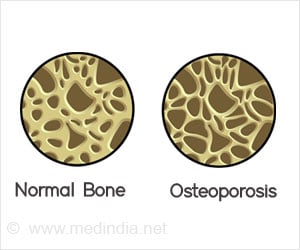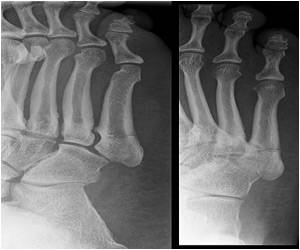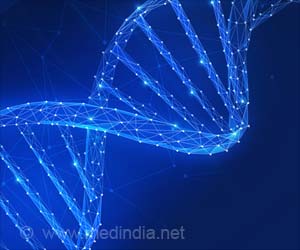The properties and potential to use these bioactive scaffolds in bone regeneration applications are discussed in an article published in Tissue Engineering.

‘Some of the 3D-printed bioactive scaffold combined with mineral composites induced bone-forming activity better than others, suggested a new study.’





The properties and potential to use these
bioactive scaffolds in bone regeneration applications are discussed in
an article published in Tissue Engineering, Part A, a
peer-reviewed journal from Mary Ann Liebert, Inc., publishers. Ethan Nyberg, Alexandra Rindone, Amir Dorafshar, and Warren Grayson, Johns Hopkins University School of Medicine and Johns Hopkins University, Baltimore, examined the print quality of several different composite 3D-printed bone scaffolds.
In the article entitled "Comparison of 3D-Printed Poly-ε-caprolactone Scaffolds Functionalized with Tricalcium Phosphate, Hydroxyapatite, Bio-Oss, or Decellularized Bone Matrix," they report on the mechanical and structural properties of the various porous scaffolds, to which they added adipose-derived stem cells. The researchers then assessed the bone-inducing properties of each hybrid scaffold, measuring osteoblast formation, calcium content, and collagen expression.
"In the continuum of materials used to regenerate bone, harnessing the power of both biomaterial scaffolds and known crystalline bone regeneration materials provides maximal flexibility in therapy," says Tissue Engineering Co-Editor-in-Chief Peter C. Johnson, Principal, MedSurgPI, LLC and President and CEO, Scintellix, LLC, Raleigh, NC.
Source-Eurekalert









